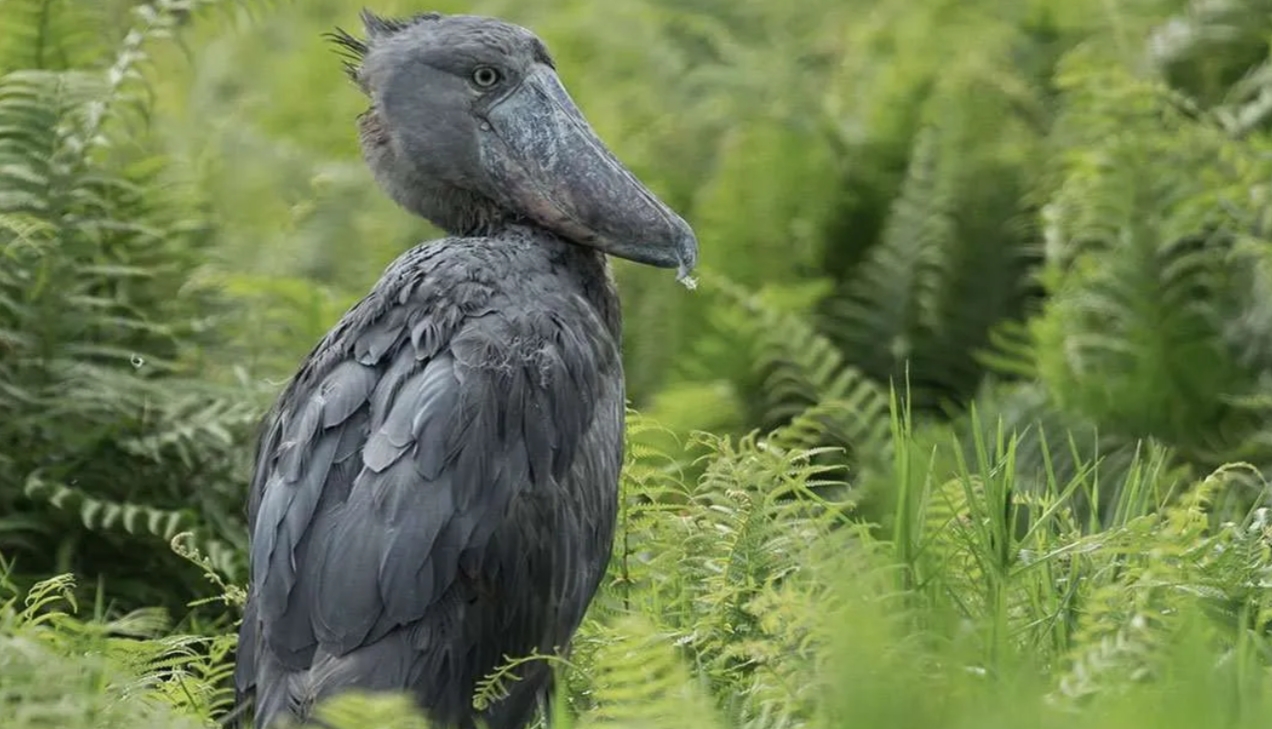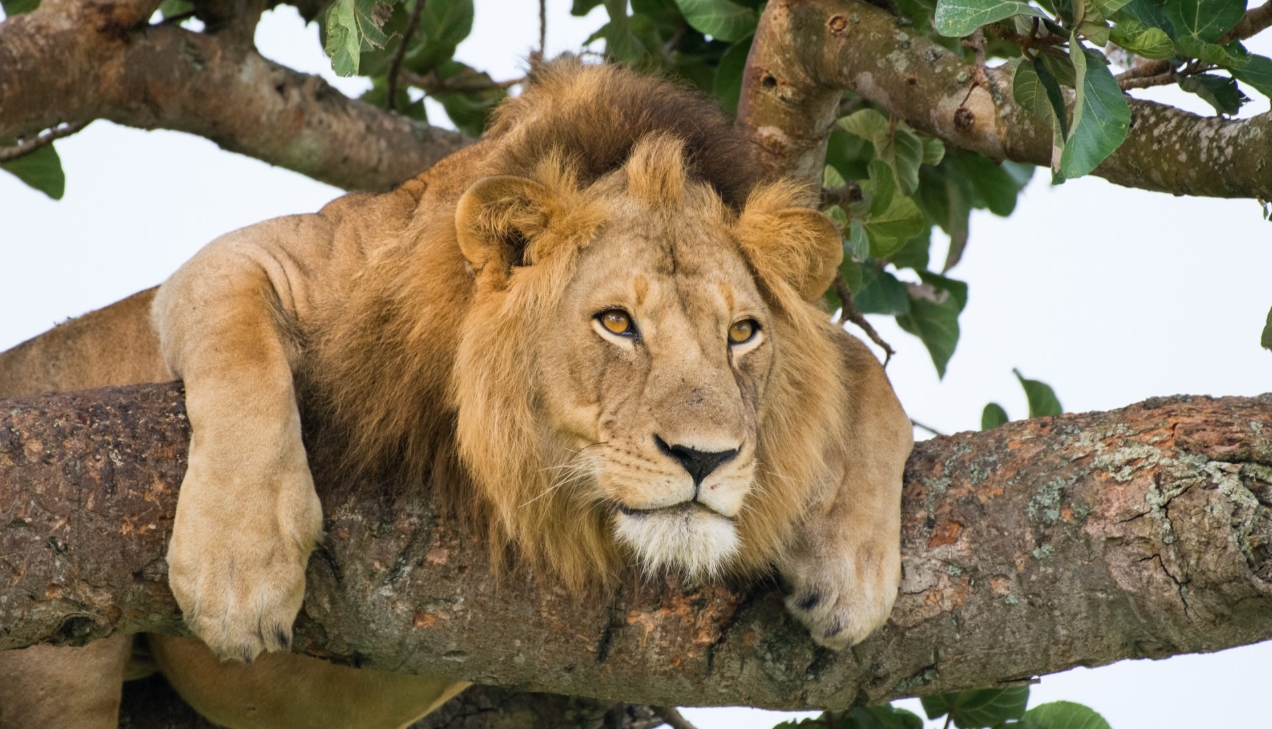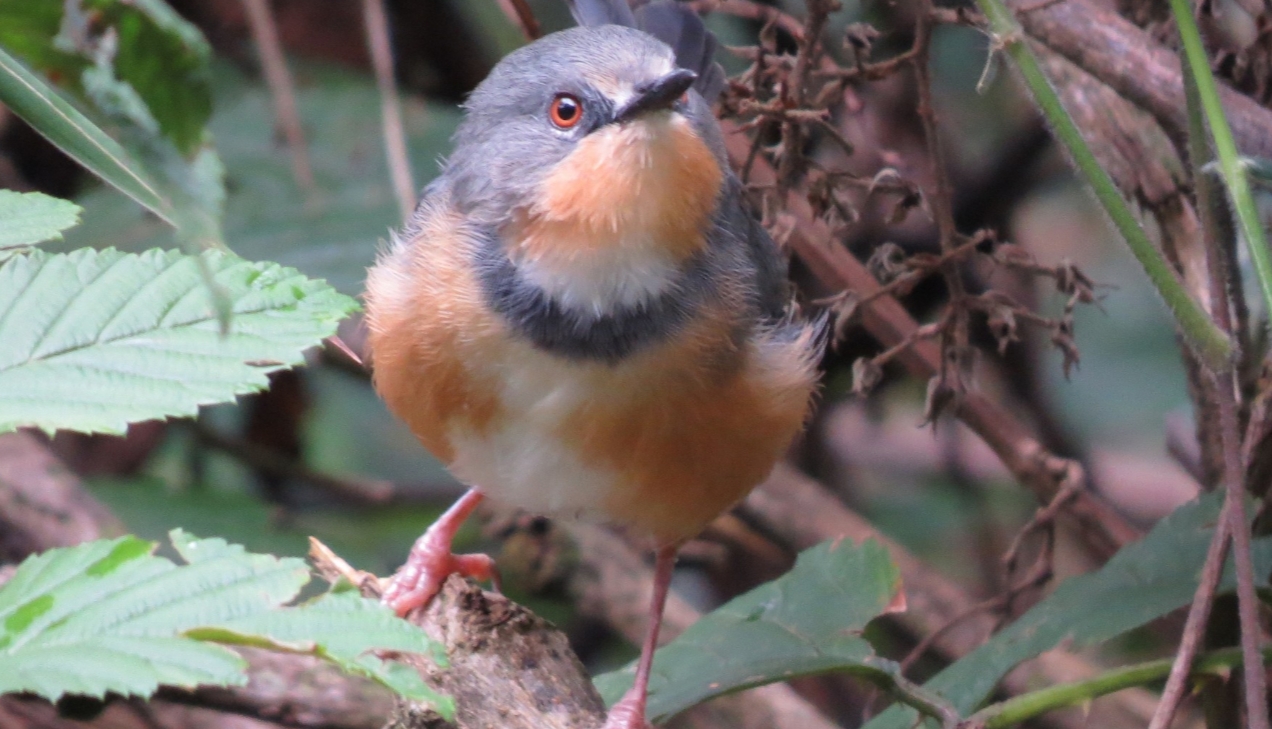
Bahima Cultural Heritage
Bahima Cultural Heritage: This is one of Uganda’s most beautiful tribes, living mainly in the west and southwest regions. They are split into two social classes: the Bahima, who are pastoralists with many cattle, and the Bairu, who are poorer farmers. The Ankole long-horned cattle symbolise the Bahima’s identity. To ensure female children grow up healthy and are considered attractive, the Bahima traditionally feed them well during puberty. The Bahima, also called the Hima, are found mainly in Mbarara, Kiruhura, Isingiro, and Ntungamo districts in southwestern Uganda.
History of the Bahima People
In Uganda, the Bahima, or Hima, are part of the Banyankole people with a fascinating history linked to East Africa’s Great Lakes region. Traditionally pastoralists, they are recognised for herding cattle. Around the 1300s, Cushitic-speaking people moved into the region and blended with Bantu-speaking communities, adopting their language and customs. The Bahima people are connected to the Tutsi of Rwanda and Burundi, sharing similar social and cultural traits. Known for their unique appearance and tall stature, they played a key role in forming the Ankole Kingdom. Considering the Bahima Cultural heritage, Cattle symbolised status and wealth in their society. Despite modern changes, the Bahima still maintain a pastoral lifestyle.
What makes them unique?
The Bahima tribe is unique in Uganda due to their strong connection to cattle herding, which influences their social status and income, as well as attracting cultural, nature, and wildlife enthusiasts from different parts of the world. Ugandan safaris, especially those heading to Lake Mburo National Park, Bwindi Impenetrable National Park, Queen Elizabeth National Park, and Kibale Forest National Park, among others, always offer visitors a chance to visit the Igongo Cultural Centre, one of Uganda’s richest heritages with a rich history, traditions and lifestyle of both the Bahima and Ankole people. Their pastoral lifestyle sets them apart from other tribes, and their cows have beautiful horn shapes. The Bahima also have special customs and ceremonies related to livestock, along with a rich oral tradition of songs and stories that celebrate their culture and history.
The Bahima have tall stature, long noses, and unique physical traits linked to their Cushitic origins. Historically, they were part of the Ankole Kingdom’s ruling class, where cattle symbolised wealth and status. They speak the Bantu language, Runyankole, but still retain some linguistic traits from their Cushitic heritage. Their diet mainly consists of dairy products like yoghurt, ghee, and milk, which play a significant role in their culture and lifestyle.
The Bahima and their cattle
Since Ankole cows are vital to the Bahima tribe’s way of existence, they share a close affinity with them. The massive, eye-catching horns of Ankole cows, which may reach up to eight feet from tip to tip, are what set them apart. In addition to having an amazing physical feature, the Bahima see these horns as a symbol of beauty and status. Cattle play an important part in the Bahima culture. They are vital to social and ceremonial traditions in addition to earning a living. Cattle, for instance, are commonly offered during marriage negotiations and used as a bride price in several traditional rituals.
The Bahima have traditionally relied on cattle for their economic sustenance. The Ankole cows provide milk, meat, and hides for the daily needs and trade of the town. The Bahima people are expert cattle breeders who value and take great pride in their herds. They have amassed a plethora of knowledge and best practices about caring for, breeding, and managing cattle, which ensures the productivity and well-being of their herd. In the Bahima culture, the number of cattle one owns is a reflection of their wealth and social status. Particularly prized and regarded as a representation of their owner’s riches and social standing, Ankole cows are distinguished by their gorgeous horns and robust build.
Marriage
Following the Bahima Cultural Heritage, marriage was traditionally performed by the boys’ and girls’ families. Their parents would look for a good marriage for their children in terms of family status. Messengers are sent to the girl’s family at the age of eight, while others give her a cow to keep until she is old enough to get married, marking the start of courtship. The cow can be included with the other cows for the wedding. Several rituals are performed on the girl before her marriage to prepare her for marriage. One of the most beautiful and hospitable tribes in Uganda is the Bahima; book your reservation with Nakra Safaris to spend the best time with them.
In conclusion, the Bahima tribe is a well-known and historically significant tribe in Uganda, whose origins are associated with the Cushites. They share cultural characteristics with the Tutsi of Rwanda and Burundi. Well-known for their height, they played a crucial role in the establishment of the Ankole Kingdom. In their society, cattle are a sign of prestige, and the Bahima continue to live a pastoral lifestyle despite contemporary developments.







